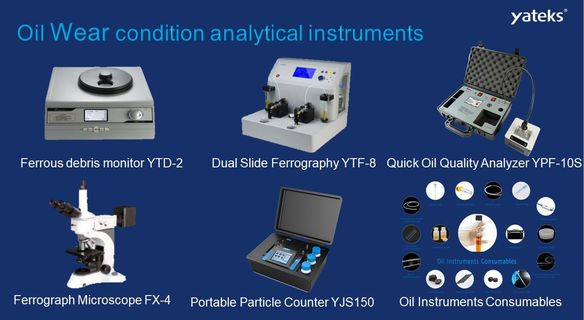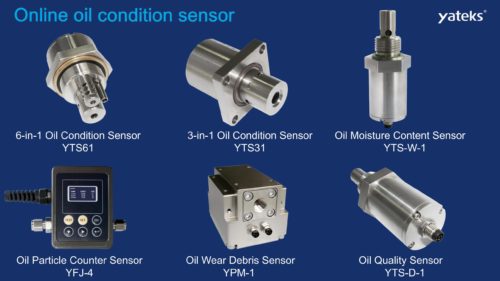The main benefits of on-site oil analysis are reduced maintenance costs and increased productivity by increasing equipment uptime. Proper use of oil and keeping it dry and clean can extend equipment uptime.
Fluid mixing is one of the most common lubrication problems that cause equipment failure. Choosing the right lubricating oil is the most basic task for a machine, and the appropriate lubricating oil can improve the reliability of the mechanical operation. Checking the viscosity, brand and grade of incoming oil, and contamination of foreign fluids can help reduce the chance of oil mixing and keep equipment running efficiently.
In order to keep lubricating oil water-free, clean and free from contamination, sealing and filtration systems must work properly and be checked regularly. Dirt in sand and oil can cause abrasive wear. Moisture in oil can cause corrosion. Fuel or antifreeze in engine oil can change oil viscosity and cause adhesive wear. Therefore, it is necessary to keep the lubricating oil clean and dry.
In order to ensure the normal operation of the oil, the state of the oil must be regularly monitored to ensure that its performance is within the specified range. A complete oil analysis program should simultaneously monitor equipment wear, oil contamination, and aging. Measure key parameters regularly and monitor their trends closely. If one or more parameters are detected to exceed alarm limits or trend rates change, a maintenance engineer needs to be notified to resolve the underlying problem.
A good oil analysis solution can avoid unplanned downtime due to equipment failure, thereby reducing maintenance costs and lost production. In a power plant or paper mill, cost reductions are mainly achieved by reducing downtime and maintenance costs. Mining sites with hundreds of freight trucks cut costs primarily by eliminating potential engine failures. For municipal transport fleets, oil analysis is the main source of cost savings by reducing materials, labor and extending oil drain intervals.
On-site or inspection?
Over the years, the awareness of oil analysis among reliability professionals has increased. Case studies of oil bulk oil analysis are published each year to demonstrate how oil analysis and lubricant management can improve equipment reliability and reduce costs. Some well-established companies or organizations have integrated oil analysis into their predictive maintenance and process control.
It is common practice to send oil samples to an off-site oil testing laboratory. Laboratories around the world analyze hundreds of millions of oil samples every year. Submission for oil analysis involves collecting oil samples from the equipment and transporting them to the laboratory. Laboratory technicians first perform oil analysis tests as required by the type of equipment, then review the data and make recommendations in the final test report. The analyst then feeds the report back to the submitter, who, if necessary, performs maintenance based on these recommendations.
Yateks specializes in oil condition monitoring and has a complete oil analysis product chain. Includes oil laboratory equipment and online monitoring systems, as well as online oil sensors. Contact us to provide you with a customized solution.



I would to like to command your equipment.
I am working with vehicle, trucks and others, and i will like to test the oil before the maintenance.
ok,i will let sales manager contact with you.